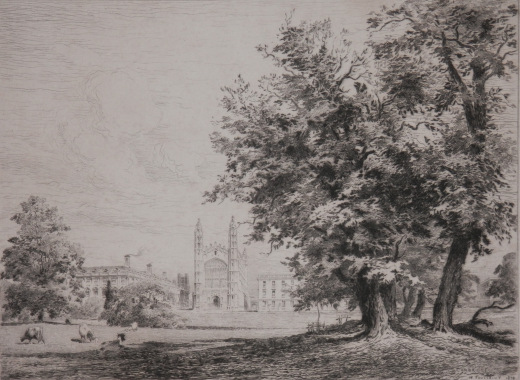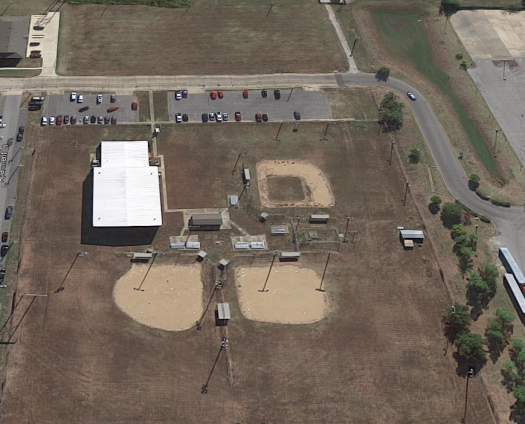Just down the road from where I live is the city of Cambridge. Renowned for its universities and their chapels, it’s place in English history, punting, and as a place of research into so many fields. Into this mix we throw it’s appeal to artists, as a place to study art, to create art, and to experience art (Fitzwilliam Museum and Gallery as well as other galleries).

King’s College from the Backs – etching by Henri Toussaint
#HenriToussaint (1849-1911) was a French artist who worked for a large part of his life in England.Toussaint specialised in architectural studies and produced these in both etchings and watercolour. Toussaint’s renown came from his studies of Paris, the French provinces, and of Oxford and Cambridge. Toussaint studied both painting and etching in Paris. He exhibited his art at the Paris Salon from 1874 and during the following years received numerous awards. Toussaint’s etchings were as well known in England as they were in France.

St. Sepulchre’s Church or Round Church, Cambridge- etching by Elizabeth Byrne
At the end of King’s Parade in Cambridge we find the Holy Sepulchre Church (known as the Round Church). It is one of four medieval round churches still in use in England. It consists of a round nave and an ambulatory, with a short chance, Originally a wayfarers’ chapel on the Roman road known as Via Devana (now Bridge Street). It became a parish church (13th century) and around this time structural alterations were made to the church, with the rebuilding of the chancel and the addition of a north aisle. During the 1400’s the Norman style windows in the nave were replaced by larger Gothic style window and the carvings of angels in the roofs of the chancel and aisle were added and a bell-tower was built over the nave. By the 19th century the church was in a poor state of repair. Since the major repairs have been carried out. The stained glass in the church was introduced during the 19th-century restoration while the depiction of Christ in Majesty was installed in 1946 as the east window was destroyed by a bomb in 1942.

St. Sepulchre’s Church or Round Church interior, Cambridge – etching by John Byrne
Share this:




